Living Laboratories: Field Stations Offer Opportunities for Real-World Science
A network of field stations helps scientists understand invasive species, climate change impacts and search for potential green fuels.
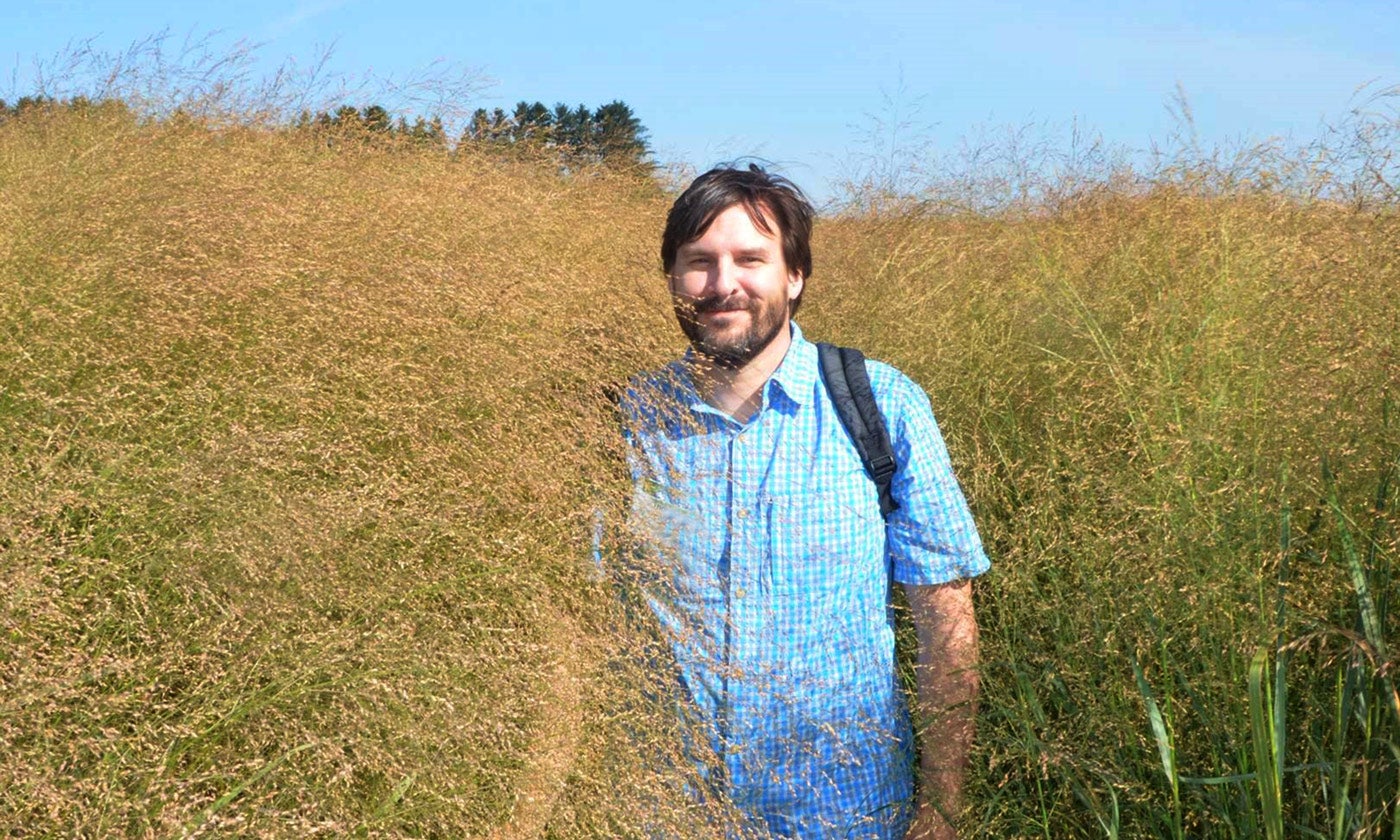
A More Nuanced Approach is Needed to Manage Coral Reef Ecosystems
Instead of focusing entirely on biomass and one-size-fits-all solutions, researchers recommend finding which fish provide the most useful functions in each reef system and protecting them.
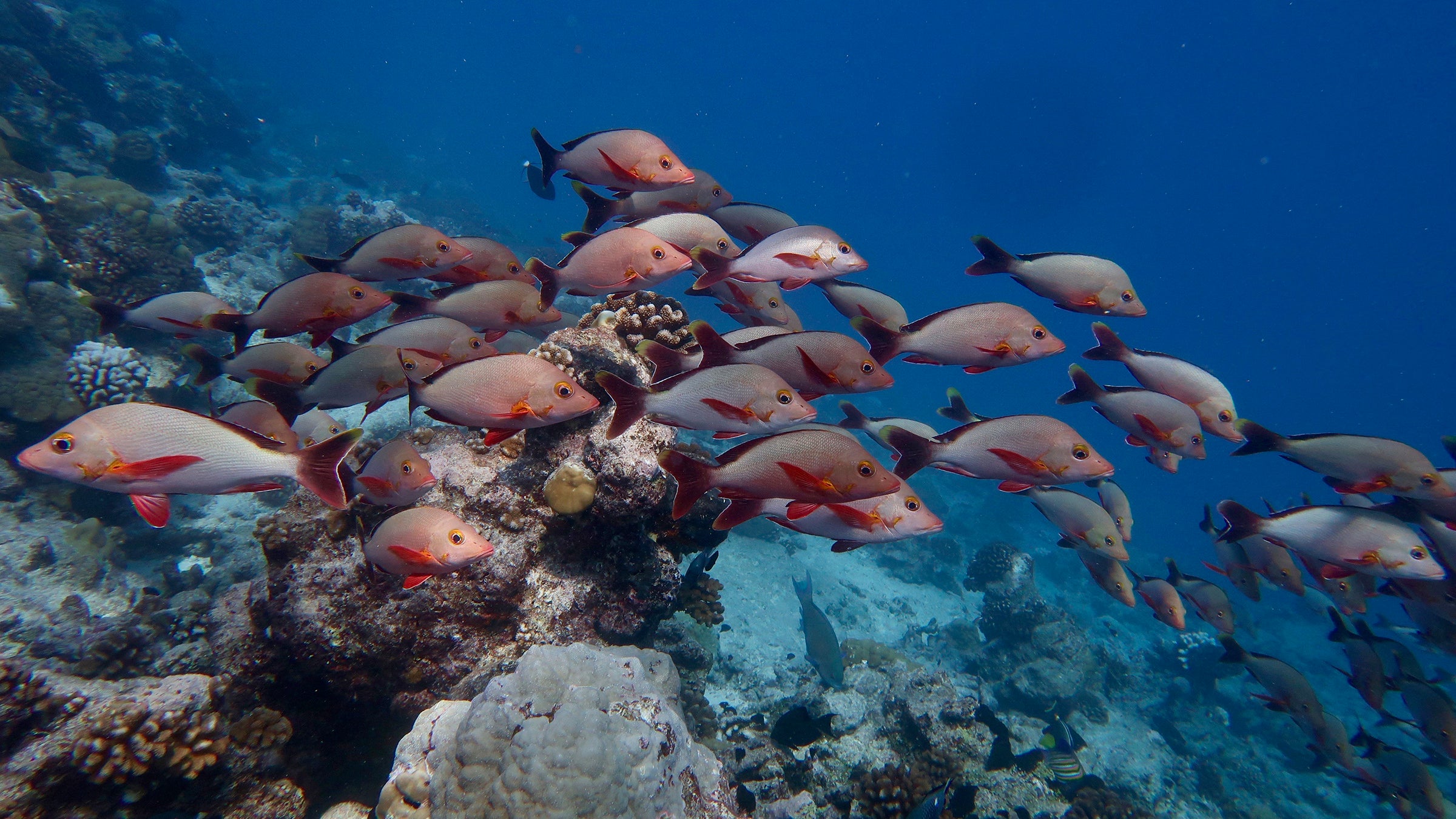
UT News
Invading Hordes of Crazy Ants May Have Finally Met Their Kryptonite
UT Austin scientists have demonstrated how to use a naturally occurring fungus to crush local populations of invasive tawny crazy ants.
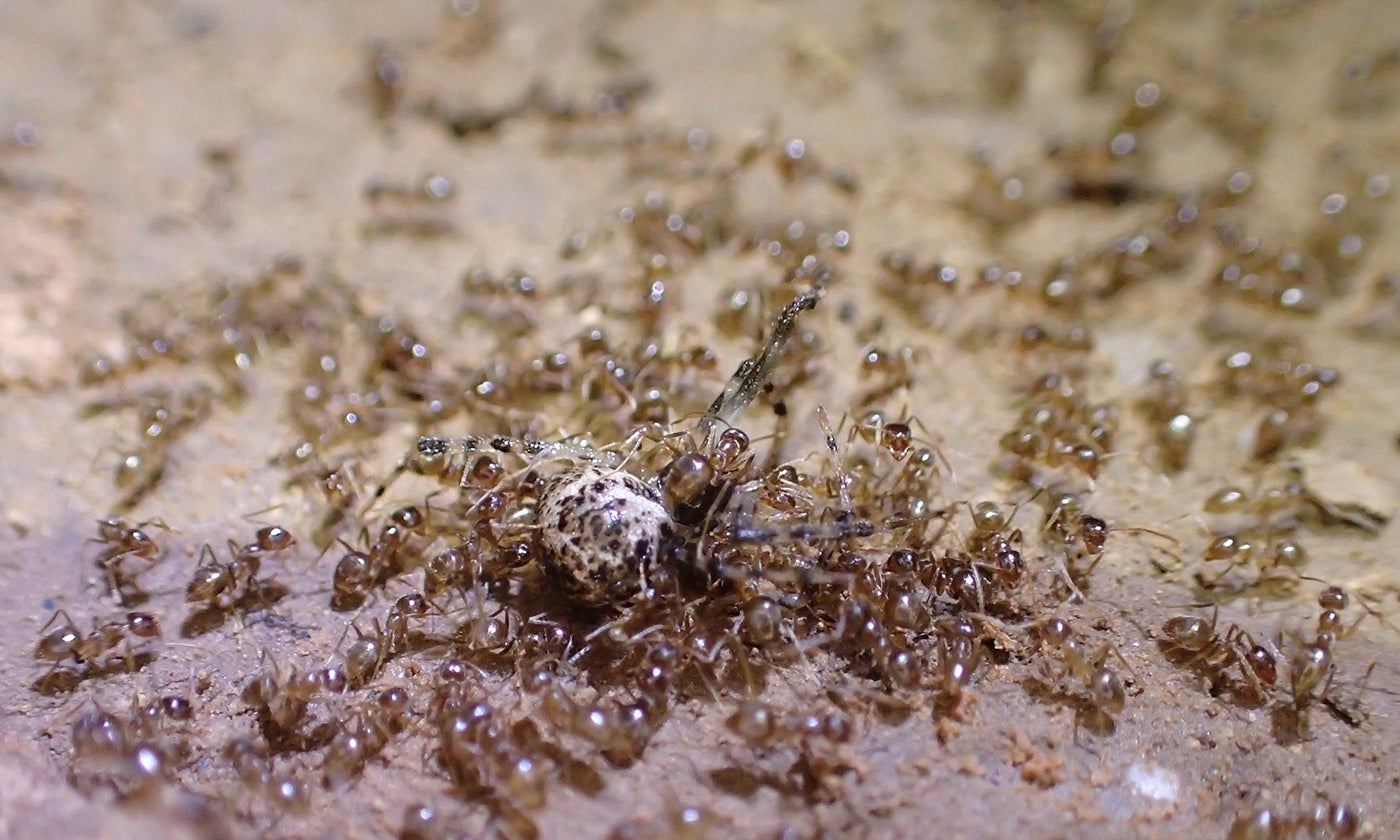
UT News
UT Austin Hires Director for Lady Bird Johnson Wildflower Center
Lee Clippard has been selected to serve as executive director of the Lady Bird Johnson Wildflower Center, the official botanic garden and arboretum of Texas.

Some Trees May Play an Outsized Role in the Fight on Global Warming
A new study shows that nitrogen-fixing trees could help forests remove more heat-trapping COS from the atmosphere than previously thought.

Frog Pandemic
Frogs are also struggling through their own pandemic that has several eerie parallels with COVID-19.
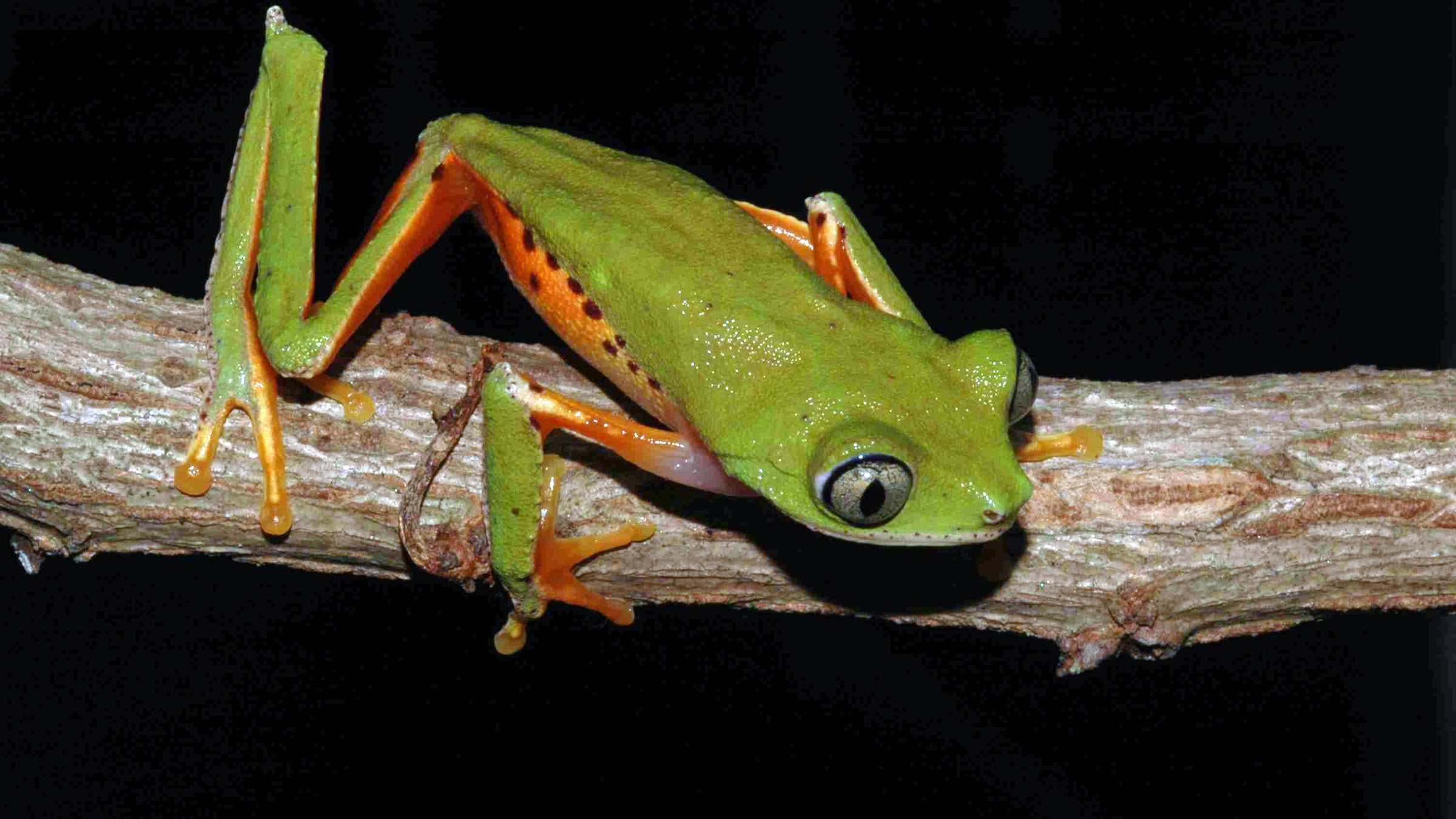
Switchgrass Genes Offer Advantages as Climate Change Tool
This native grass can capture atmospheric carbon in its substantial root system.

Lady Bird Johnson Wildflower Center Receives Field Station Designation
The Lady Bird Johnson Wildflower Center has been integral for UT Austin's involvement in life sciences research.

Like Their Domestic Cousins, Native Bees are Hurt by Pesticides
Numerous studies have found negative impacts of agrochemicals, such as neonicotinoids, on both honey bees and native bees, and researchers like Felicity Muth and her lab at UT Austin are contributing to this field.
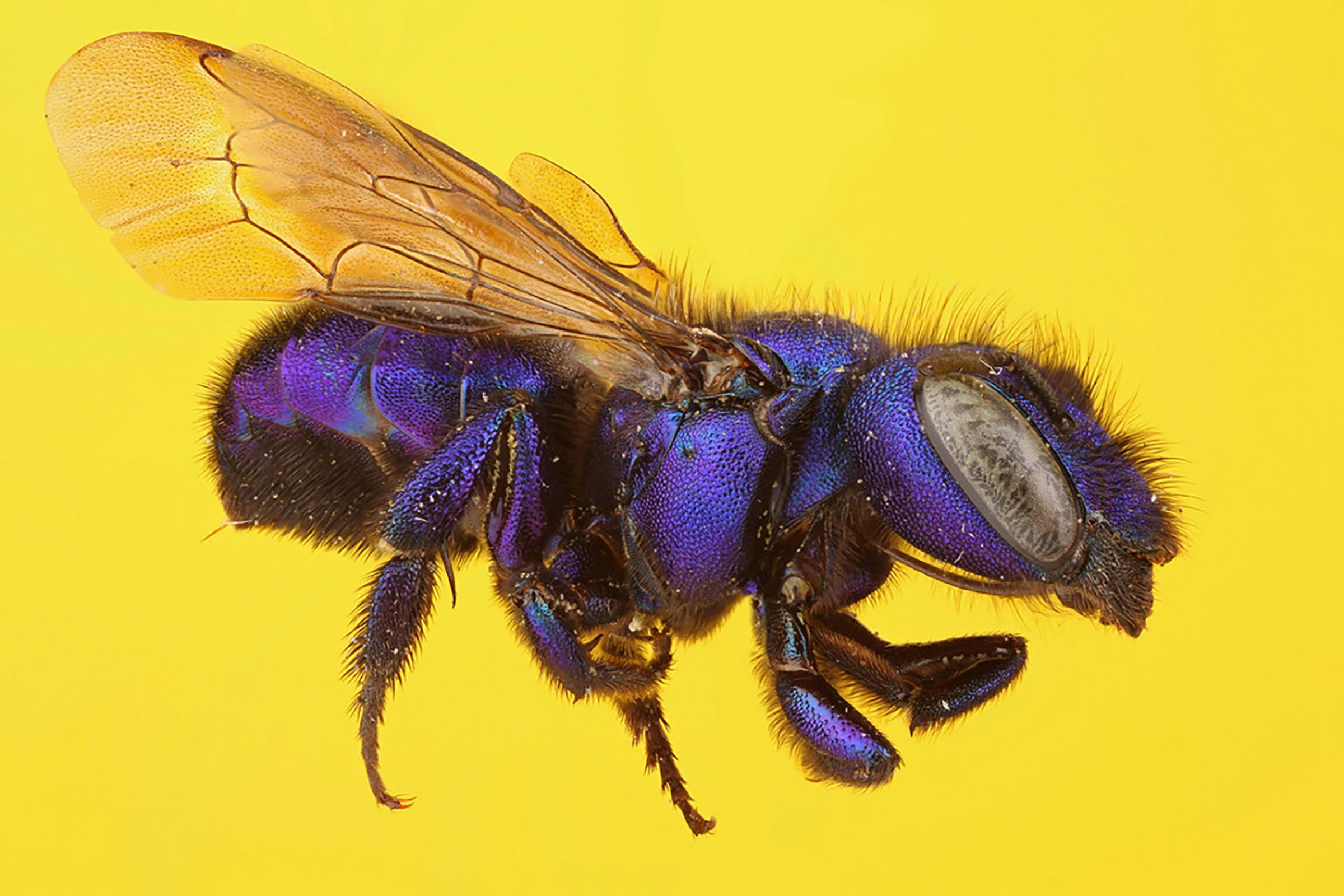
Technological Leaps Help Biologists Study Quickly Changing Landscapes
Technology allows scientists to gather data where they never could before.

